I decided last minute to head to one of the observing sites near Lake San Antonio on 24 August. I could fit one quick trip so long as I started driving back at around 4am to get back home to Fremont to attend to family matters. After the 3-hour drive, I planned to have around 3.5 hours of observing, (8:30pm to midnight), 3-4 hours of sleep, and then the 3-hour drive home. While places like Lake Sonoma and Fremont Peak were shorter drives, their transparency forecasts were poorer.
Once fully dark, my SQML read 21.35 – not great but around as good as I’ve had from this area. Around 11pm I noticed the sky quality had dropped, to 21.2, as some high puffy clouds drifted from the north and surrounded Polaris. West and south were still clear, so I continued until midnight. I used my 10-inch f/3.75 Newtonian with a PVS-14 night vision device, afocal with a 67mm Plossl+ eyepiece (14x, 2.8° TFOV) and an assortment of filters. Here are some highlights:
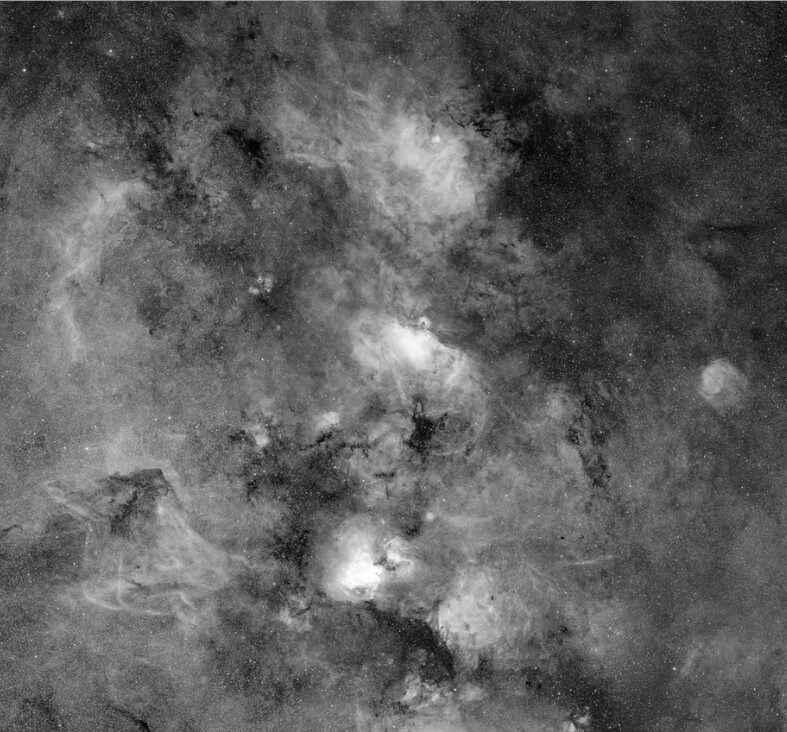
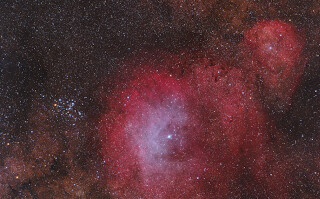
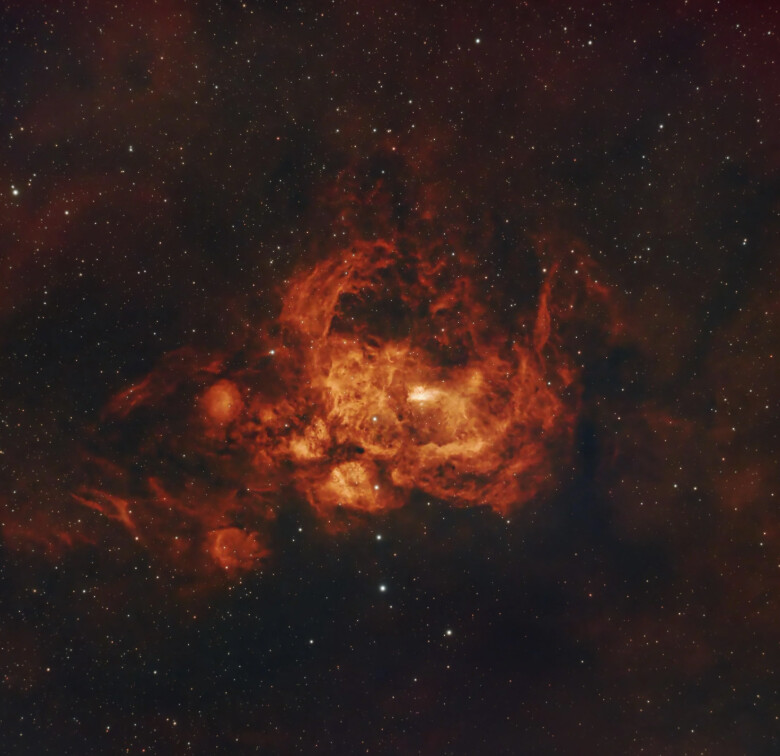
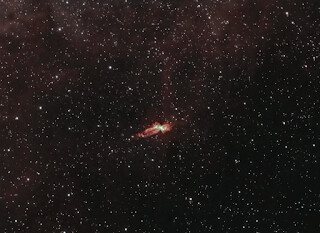
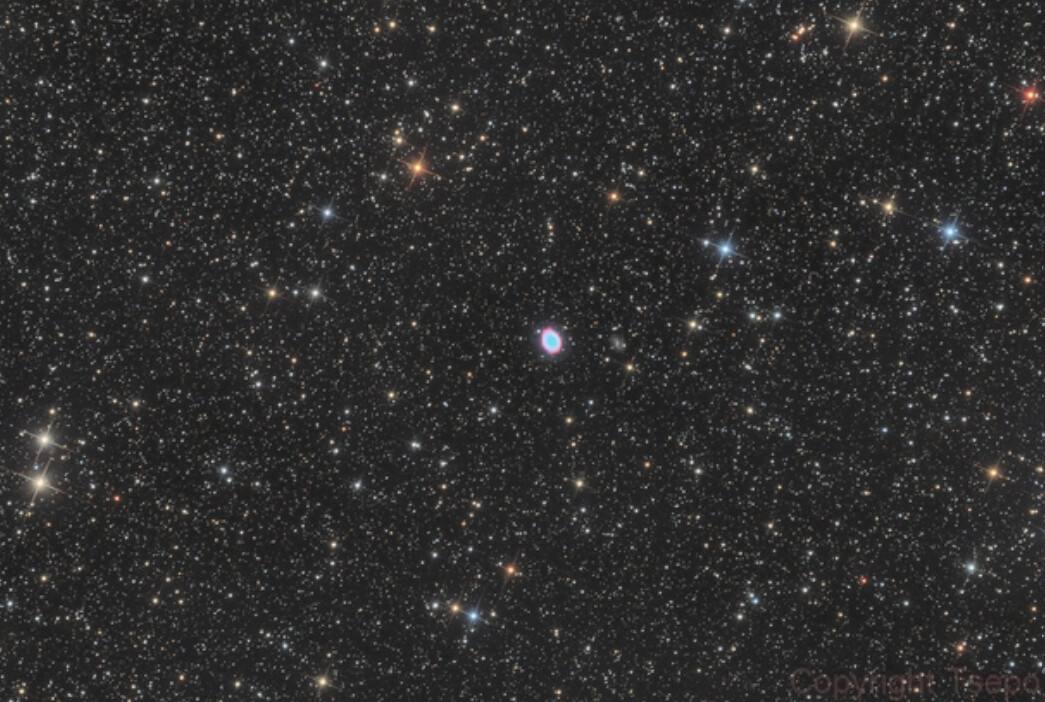
I woke at 3am after a fitful nap in my car and got out to stretch. Looking up, I could see M31 in between puffs of cloud. I heard the soft leathery flaps of bat wings and looked around to see a very large bat 10 feet above me, making its rounds. Starting the drive home, I listened to Heinrich Ignaz Franz Biber’s “The Mystery Sonatas.” I bought the CDs from Half Price Books out of curiosity a few weeks ago, not knowing anything about the music, and left them in my car. I was shocked by the beauty and the virtuosity of the playing. Biber wrote in the late 1600s, and in parts the sonatas sounded like the honed results of his improvisations on the violin. This was not the ornate, decorative Baroque fabrication I expected, but an austere contemplation of the ultimate, with just a violin, cello, and muted organ, sounding like it was played in a small chilly chapel on a mountainside.
I don’t know if it was my exhaustion, the exhilaration of seeing things in the sky very few humans even know about, or the transcendence of the music, but I was in a mystical state of mind. Starting on the main road, it seemed the tunnel of light my car headlights formed was leading me through a sort of hell, at least an astronomer’s hell, complete with vapors and chimera lights. I almost never drive to or from our observing sites at night, so it was disturbing to see why the sky quality is not as good as the light pollution maps would promise, and why we resort to ever larger aperture telescopes or technology (astrophotography, night vision) to enjoy this hobby. The nearby military base casts its own light dome. Individual farms blazed with security lights on sheds and barns. The hazy fog sunk into the Salinas valley diffused the light into the sky. I noticed a pillar of light, like something from the Bible (Exodus 13:21), forming an awful vertical rainbow miles ahead of me. Finally I came upon its source: nighttime pickers at their hard labor, following behind the brightly lit sorting machine and tractor. Multiple buildings along route 101 have bright unshielded lights pointed up. A large multistory building under construction had around 10 floors framed but lacked outer walls. The entire inside was brightly lit up – I presume for nighttime construction crews. It was bright enough to light the interior of my car though it was a quarter mile away, and it formed a sickly glow in the sky above.
Fortunately, the 2 CDs of Biber’s music carried me home safely, but drained an troubled.